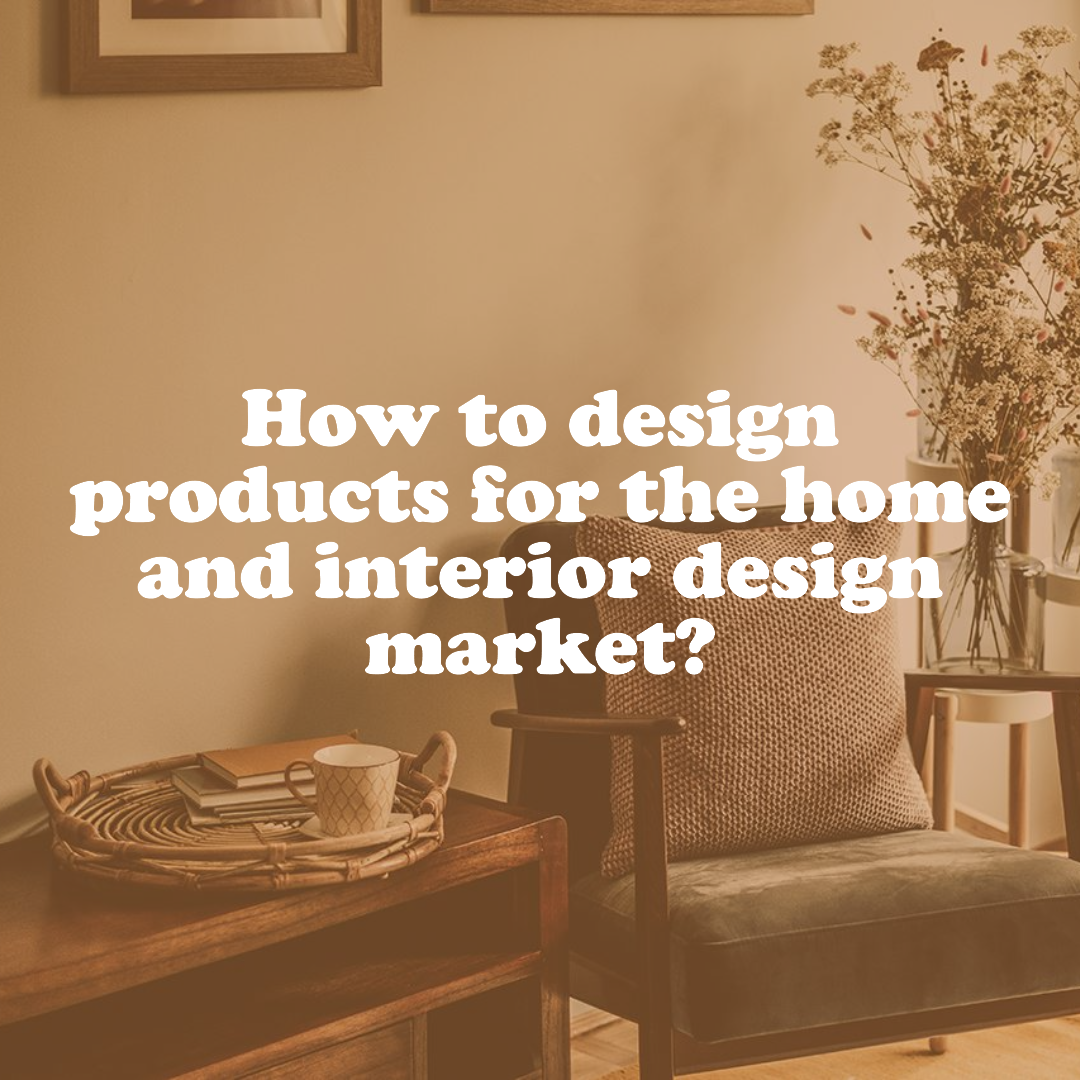How to design products for the pet and animal care market?
The pet and animal care market is a booming industry, with pet owners spending billions of dollars each year on their furry friends. This means that there is a huge opportunity for entrepreneurs to develop new and innovative products to meet the needs of pet owners and their animals.
However, designing products for the pet and animal care market is not without its challenges. Pet owners are increasingly discerning about the products they buy for their pets, and they expect high-quality, safe, and effective products. Additionally, there are a number of regulatory requirements that must be met when designing and selling pet and animal care products.
In this blog article, we will explore the key principles of product design for the pet and animal care market. We will also discuss some of the best practices for designing products for different types of pets and their specific needs.
Key principles of product design for the pet and animal care market
Here are some of the key principles of product design for the pet and animal care market:
- Focus on the needs of the pet and the pet owner. When designing a product for the pet and animal care market, it is important to focus on the needs of both the pet and the pet owner. What are the pet’s needs for nutrition, grooming, exercise, and enrichment? What are the pet owner’s needs for convenience, affordability, and safety?
- Use high-quality, safe materials. Pet owners are increasingly concerned about the safety of the products they buy for their pets. When designing a product for the pet and animal care market, it is important to use high-quality, safe materials. This means avoiding materials that could be harmful to pets, such as certain chemicals and toxins.
- Make the product easy to use and effective. Pet owners want products that are easy to use and effective. When designing a product for the pet and animal care market, it is important to make sure that the product is easy to understand and use. The product should also be effective at meeting the needs of the pet and the pet owner.
- Design the product for the specific needs of the pet. Different types of pets have different needs. For example, dogs need regular exercise, while cats need plenty of opportunities to scratch and climb. When designing a product for the pet and animal care market, it is important to design the product for the specific needs of the pet.
- Make the product visually appealing. Pet owners want products that are visually appealing. When designing a product for the pet and animal care market, it is important to choose colors and fonts that are both visually appealing and easy to read. The product should also be well-designed and functional.
Best practices for designing products for different types of pets and their specific needs
Here are some best practices for designing products for different types of pets and their specific needs:
- Dogs: Dogs are social animals that need plenty of exercise and mental stimulation. When designing products for dogs, it is important to focus on durability, safety, and comfort. Consider designing products that can be used for interactive play, training, and enrichment.
- Cats: Cats are independent animals that need plenty of opportunities to scratch, climb, and explore. When designing products for cats, it is important to focus on durability, safety, and comfort. Consider designing products that mimic cats’ natural environment, such as scratching posts, climbing towers, and cat condos.
- Small animals: Small animals, such as rabbits, hamsters, and guinea pigs, have delicate needs. When designing products for small animals, it is important to focus on safety and comfort. Consider designing products that are made from safe materials and that are easy to clean.
- Fish: Fish have unique needs that must be considered when designing products for them. When designing products for fish, it is important to focus on water quality, temperature, and filtration. Consider designing products that help to maintain a healthy aquatic environment for fish.
- Reptiles: Reptiles have unique needs that must be considered when designing products for them. When designing products for reptiles, it is important to focus on temperature, humidity, and UVB lighting. Consider designing products that help to create a suitable environment for reptiles.
Product design process for the pet and animal care market
The product design process for the pet and animal care market is similar to the product design process for other industries. However, there are a few unique considerations that need to be taken into account.
- Identify your target audience. Who are you designing this product for? What are their needs and expectations?
- Research the pet and animal care market. What are the latest trends in the pet and animal care market? What products are already available? What needs are not being met?
- Define the product concept. What is the core value proposition of your product? What makes it unique and valuable to pet owners and their animals?








